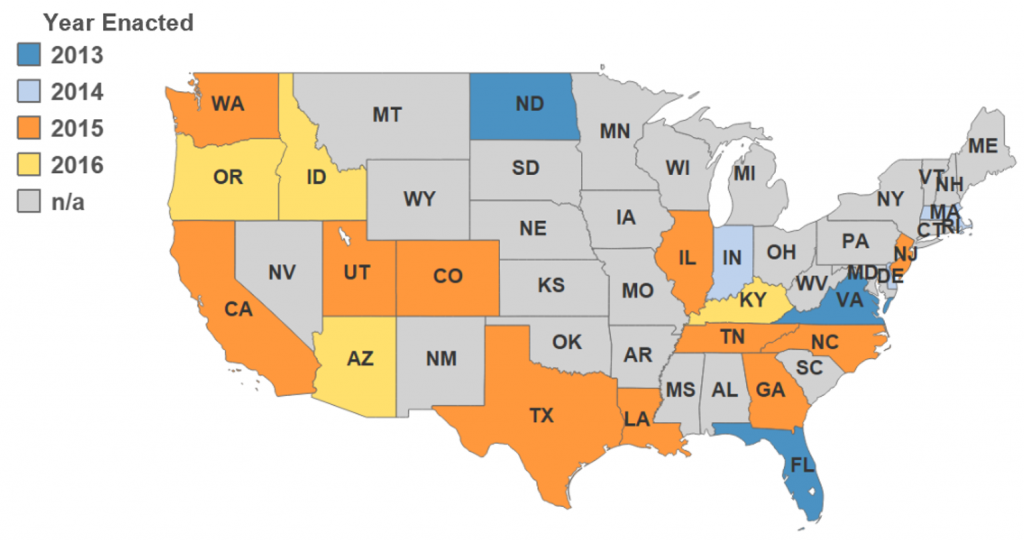Deals Will Be Cut for ACA Replacement – Who Wants What?
Deals Will Be Cut for ACA Replacement – Who Wants What?
Just as when the Patient Protection and Affordable Care Act (Obamacare) was negotiated before its signing on March 23, 2010, health care entities are now jockeying to make sure whatever deal gets made to “repeal and replace” the ACA is as beneficial as possible to their interests. Who wants what? Read more in Brenda Gleason’s op-ed published on Morning Consult, January 13: morningconsult.com/author/blgleason/


